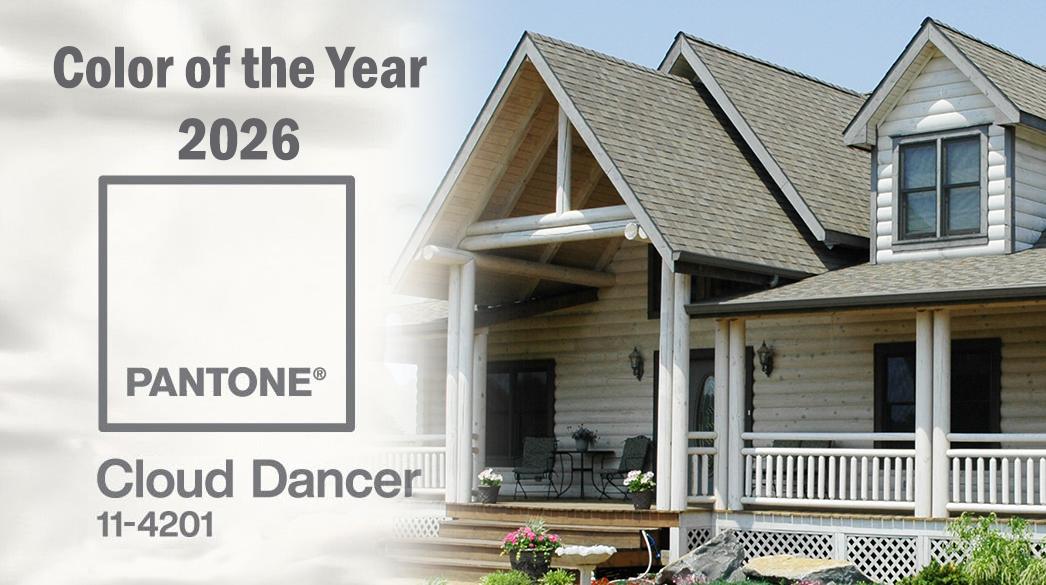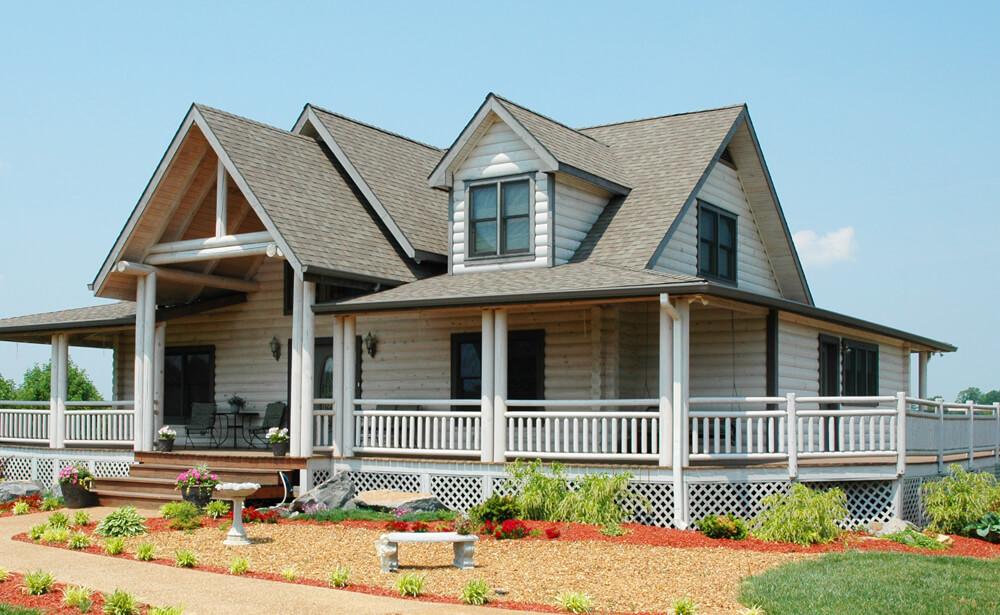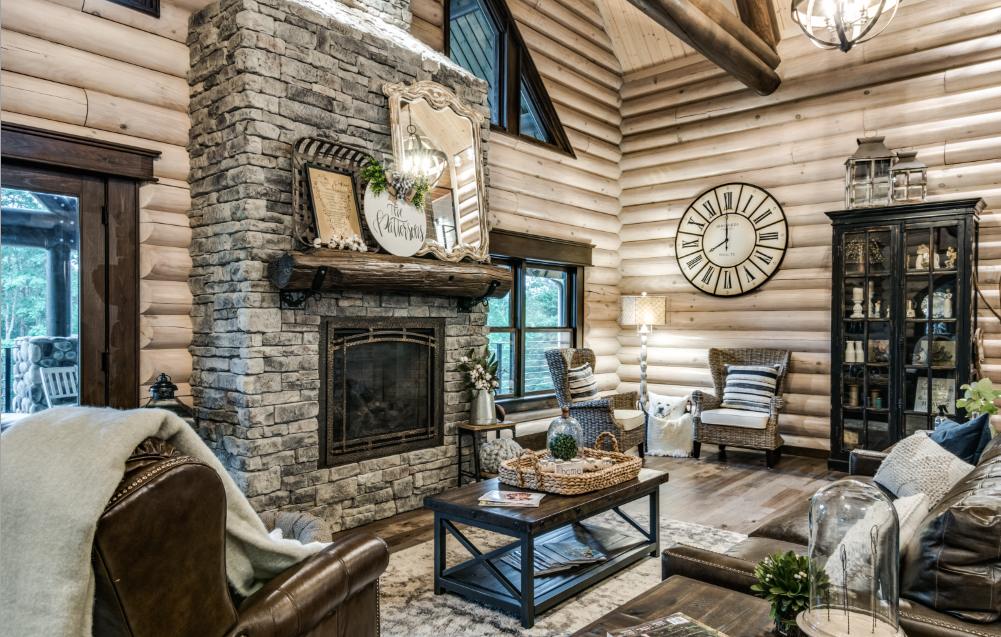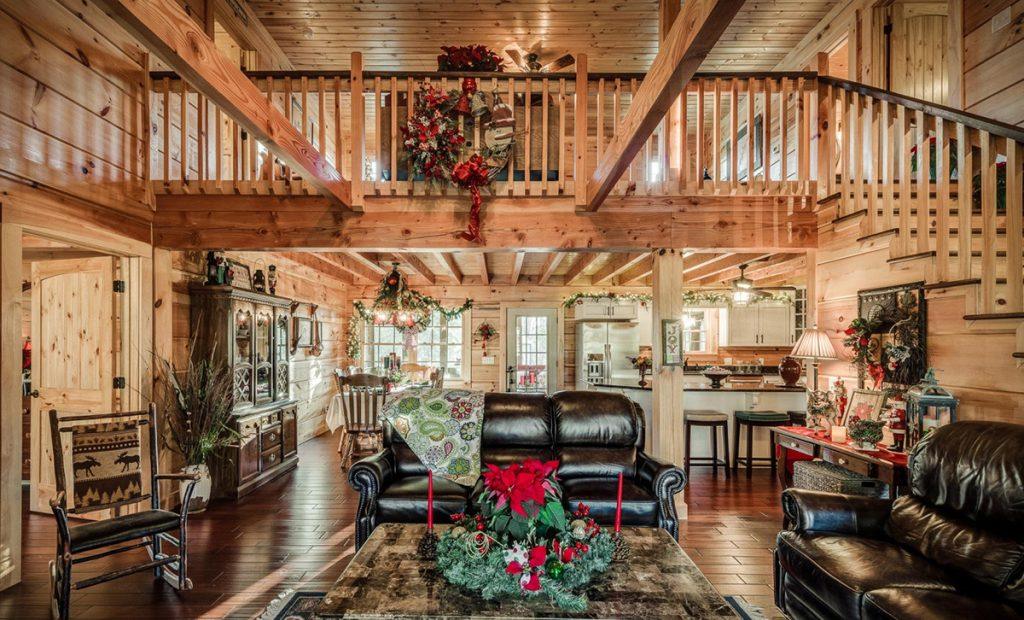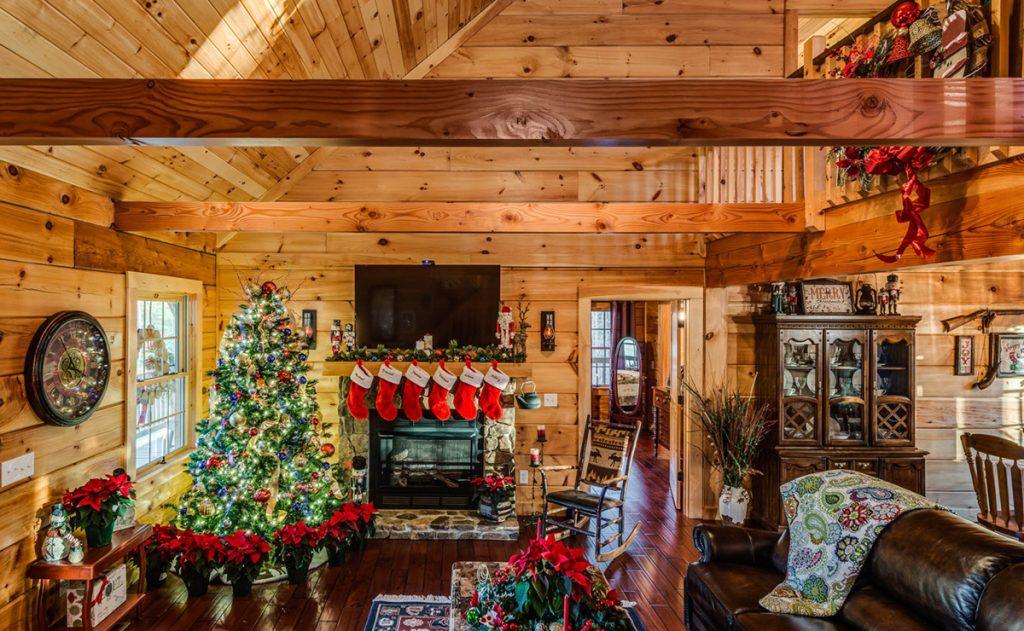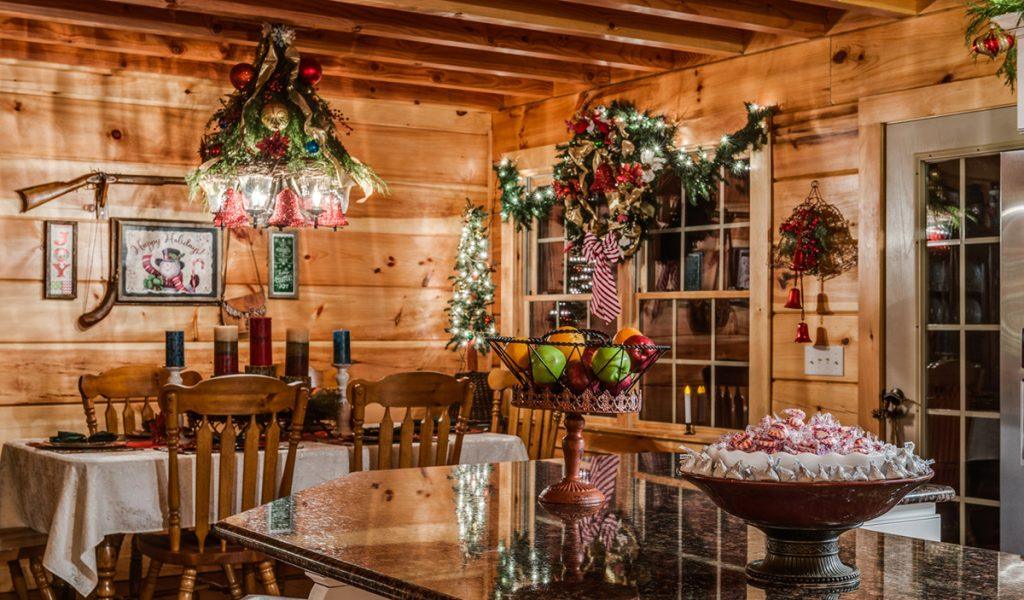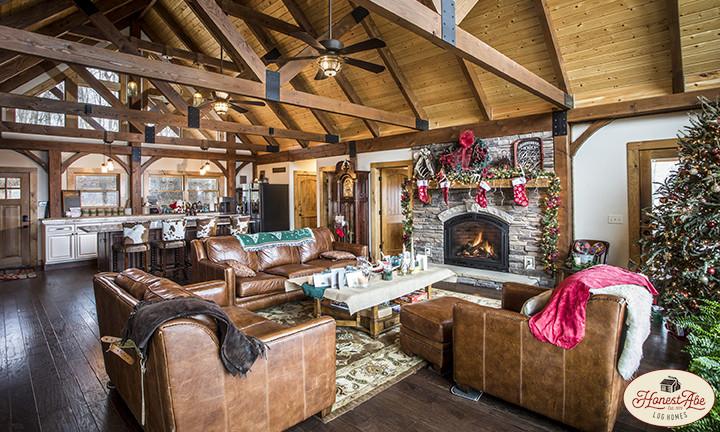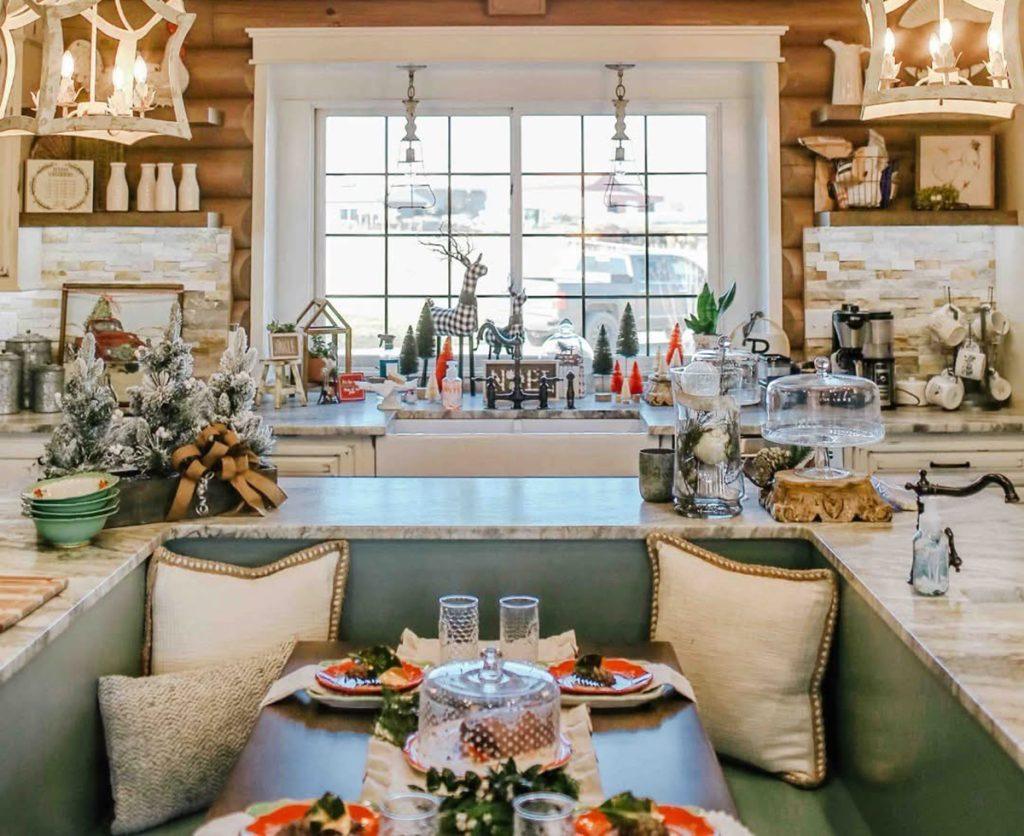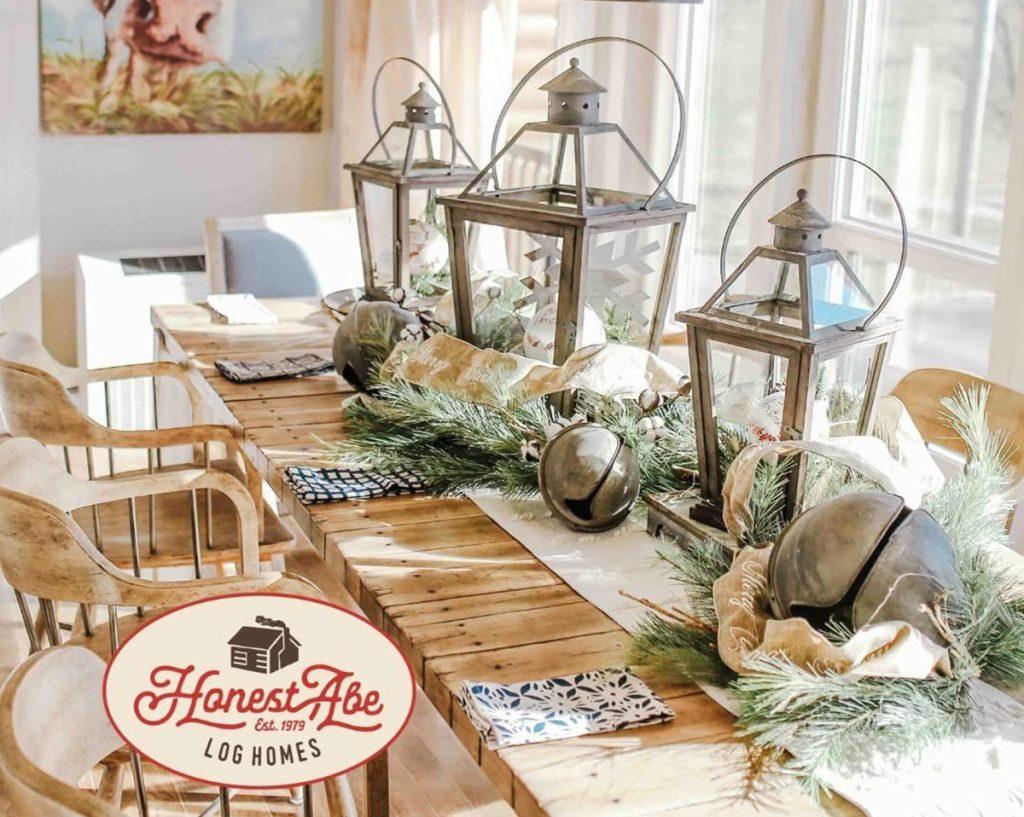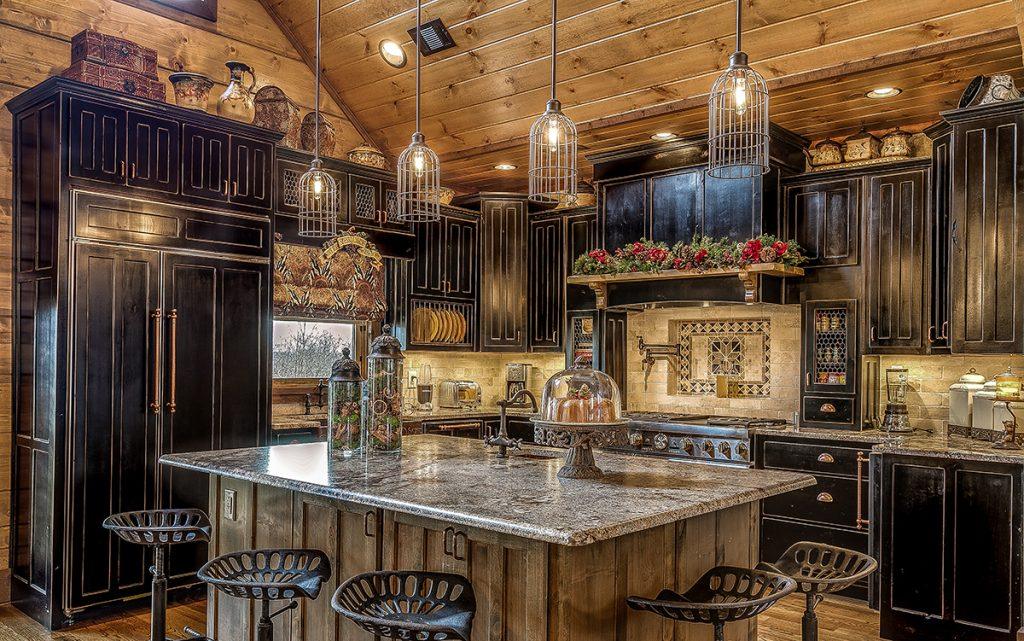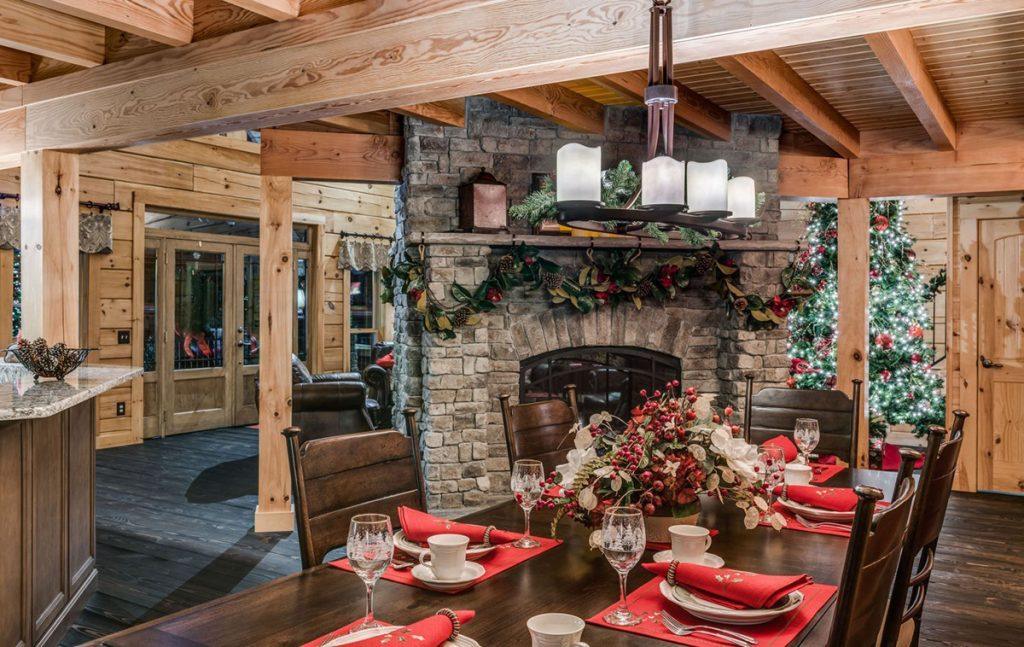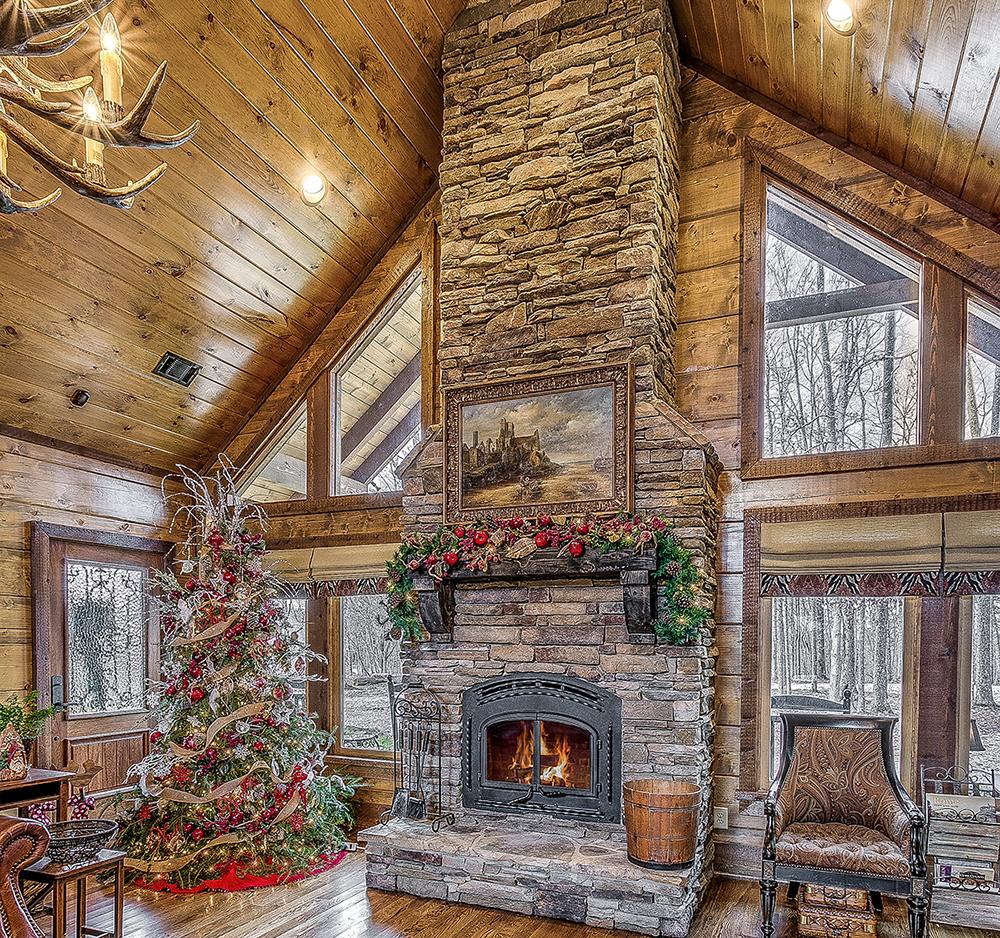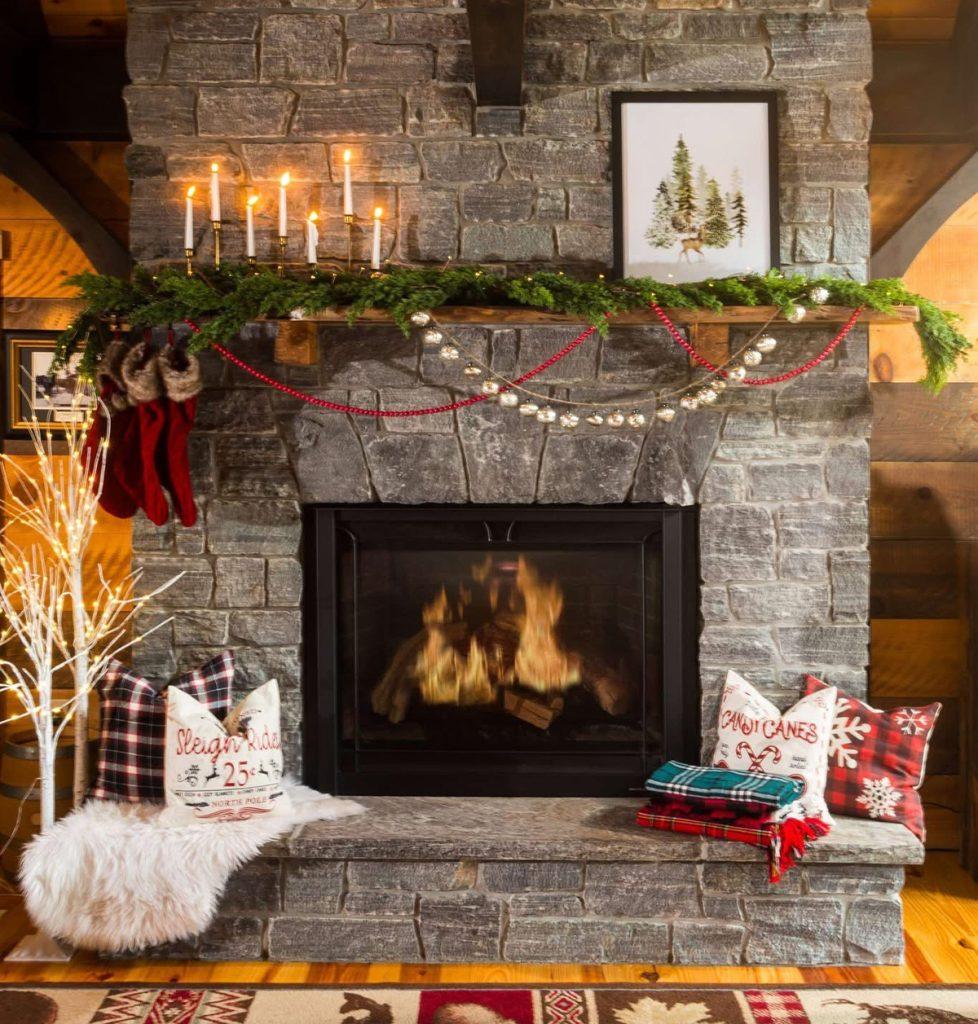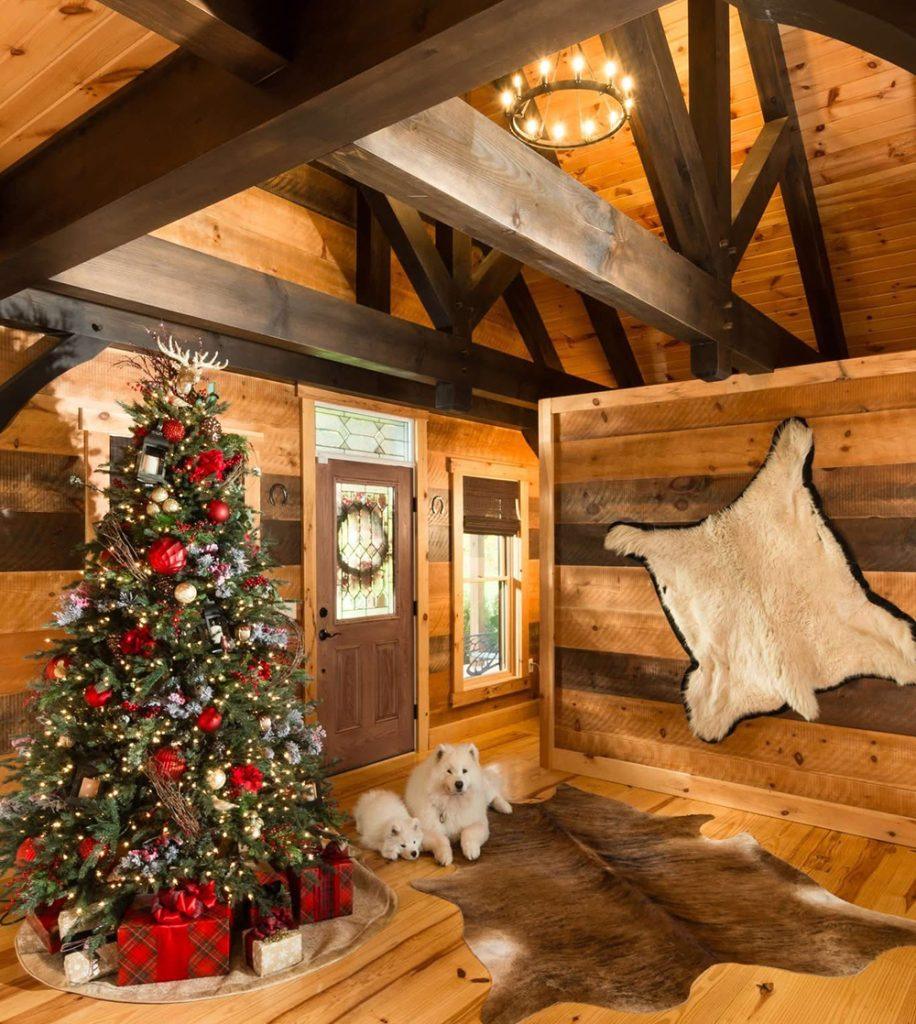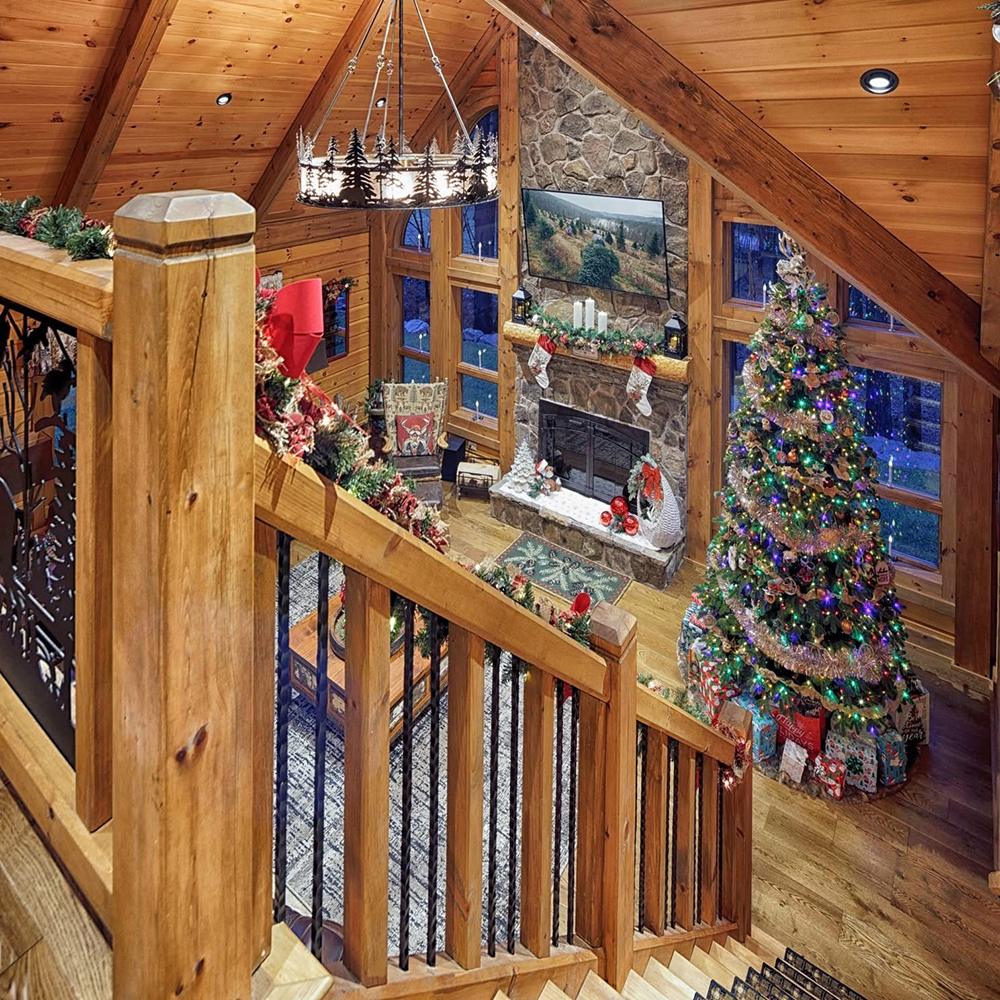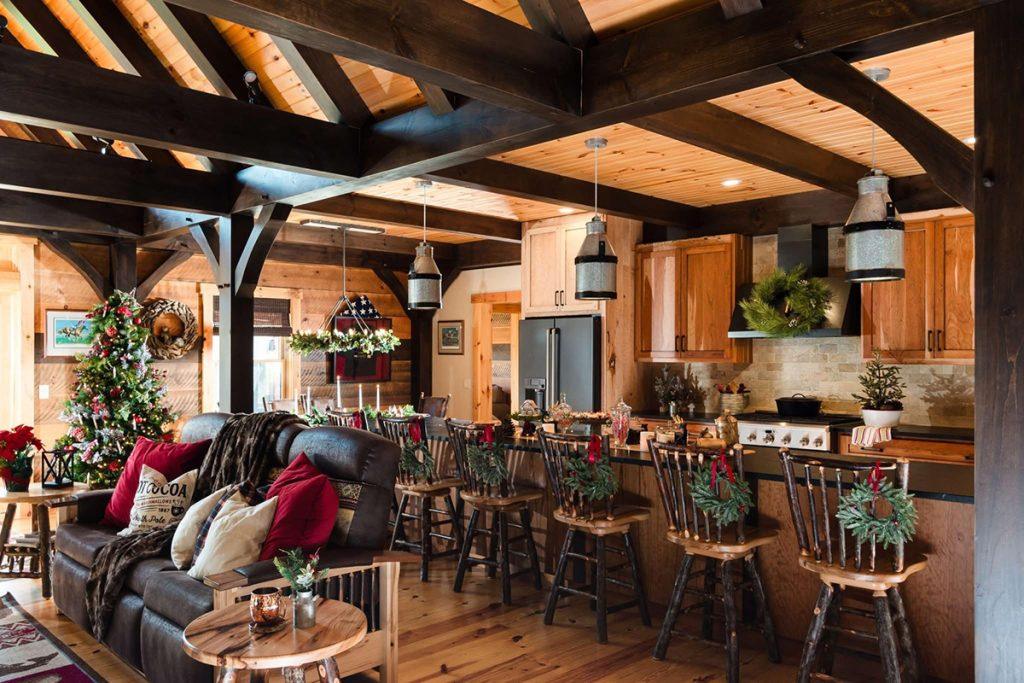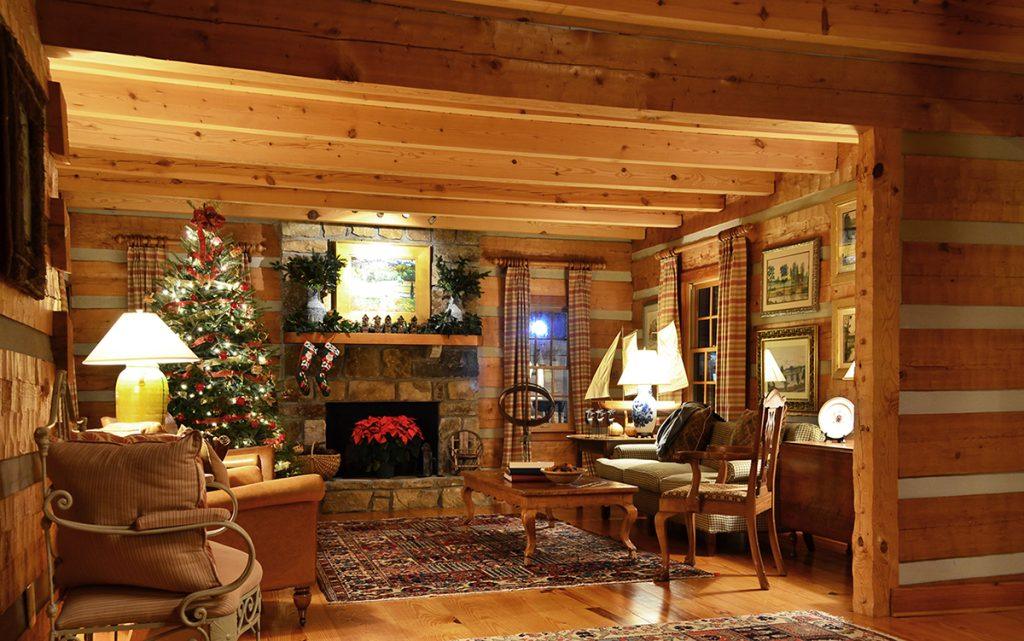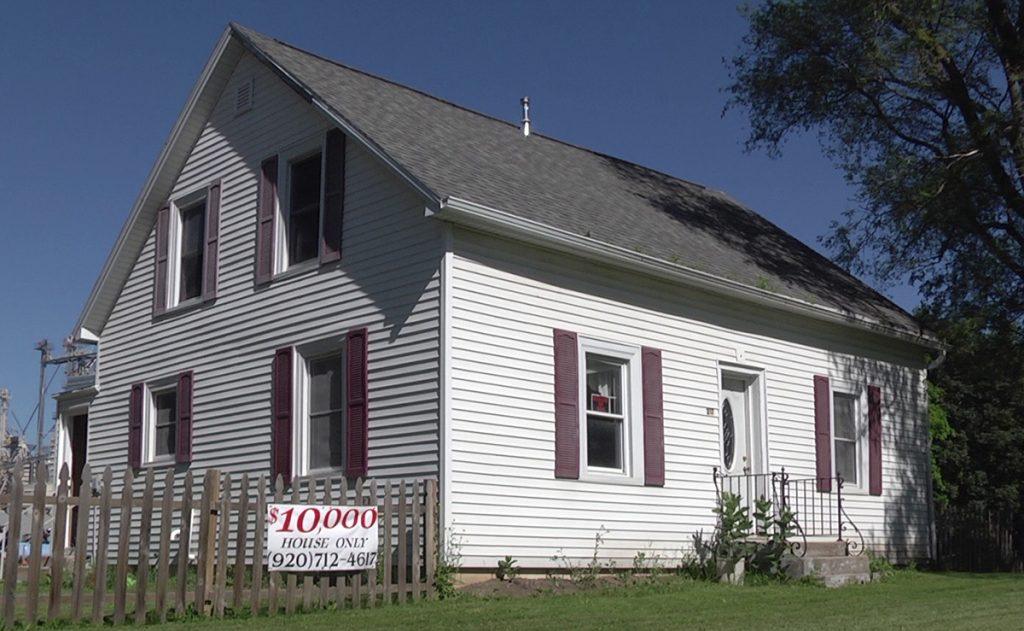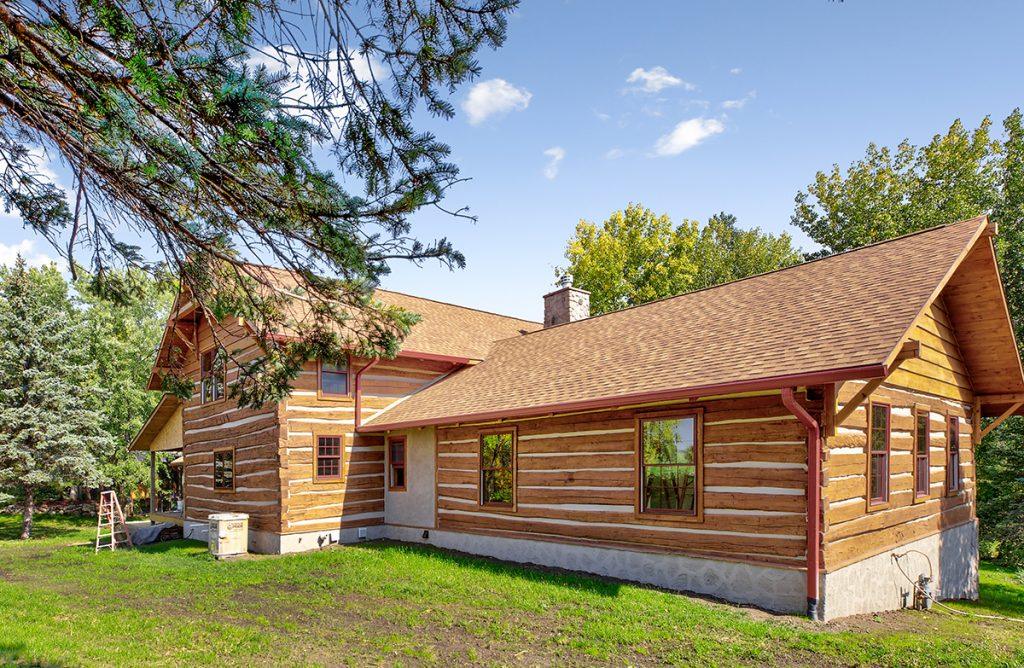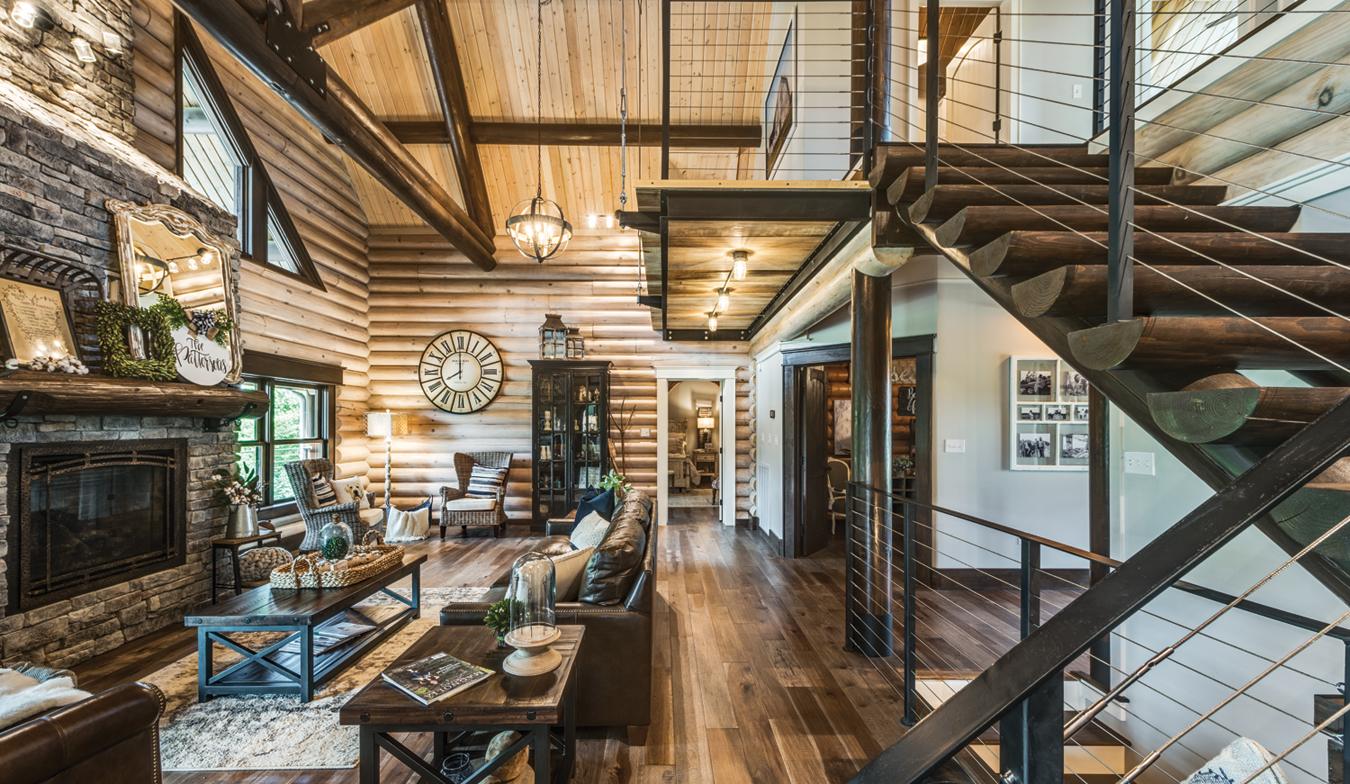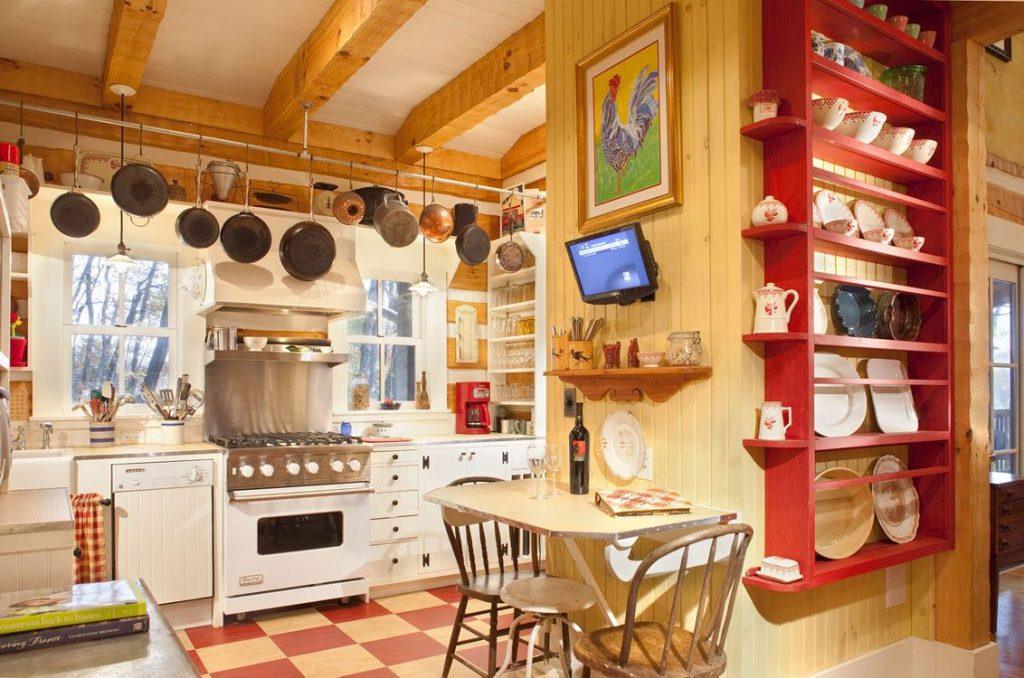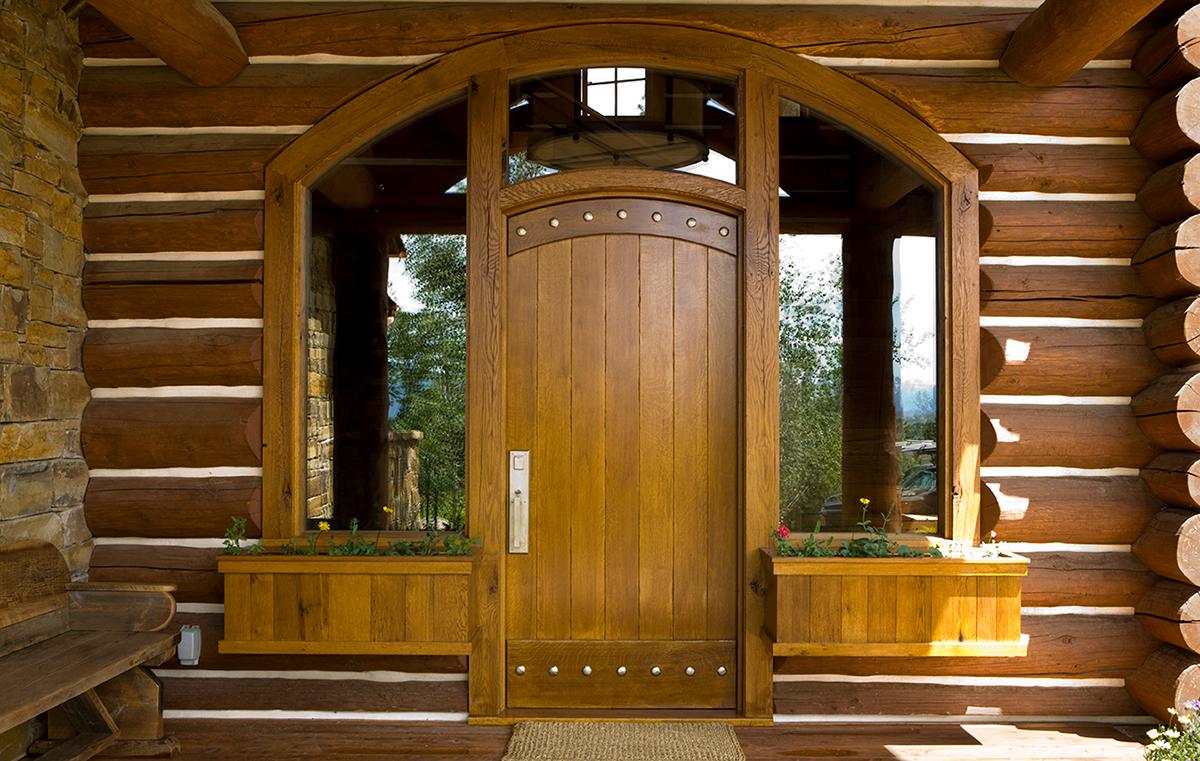Hand sanding is a commonly used technique to prepare wood surfaces for a coat of finish. Sanding may be used after media blasting, pressure washing or to touch up areas that are needing maintenance or repair. One common mistake is to sand the surface as smooth as possible.
We recommend the use of 60 to 80 grit sandpaper or equivalent sanding pads onexterior surfaces. Leave enough surfacetexture/roughness so that the first coat of finishhas an increased surface area for contact and improved adhesion. Using 100 or finer grit sandpaper may ultimately cause adhesion failure, especially around checks and fissures that allow water to get behind the finish.
When the sanding process has been completed, all surfaces must be clean and free of sanding dust. The best procedure is to wash the sanded walls or areas with a Log Wash™ solution (two cups Log Wash per gallon of clean water). In addition to removing the sanding dust, it will also wash away any mold spores that may be present.
The use of fine sandpaper does not apply to interior finishes like Lifeline Interior™, Lifeline Accents™, Acrylic™ Gloss and Satin and Sure Shine™. Since you don’t have to worry about water getting into cracks and fissures, we rarely encounter interior adhesion problems. We do recommend the use of 120 grit sandpaper or equivalent sanding pad to prepare the bare wood surface for interior applications. Furthermore, interior walls, too, should be washed after sanding to remove any sanding dust before the first coat of finish is applied.

